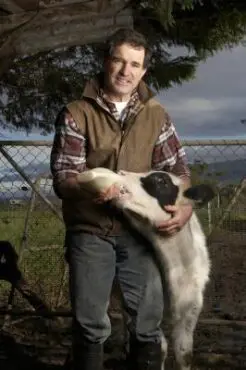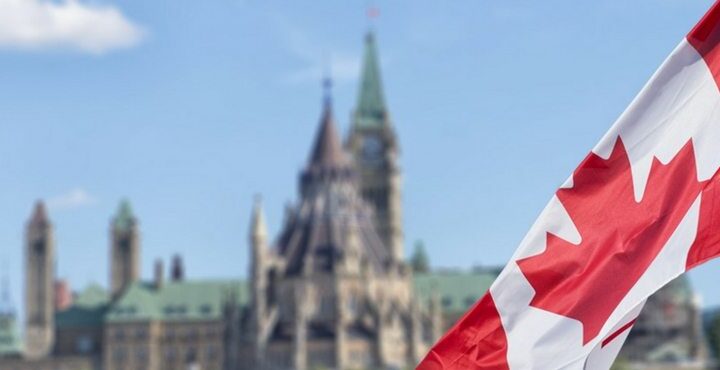If drought or excessive moisture forces you to sell some or all of your breeding livestock, the Canada Revenue Agency allows you to defer that income and report it on a future year’s return. However, there are strict rules about who can claim the deferral and how much you can defer.

Identifying Designated Areas
To qualify, the areas must have suffered significant droughts or moisture, and their yields must be less than 50 percent of their long-term averages. Finally, the areas themselves must be large enough to impact the industry.
If just a small area has been hit by excessive moisture or drought, the minister may not designate it. Preliminary designations are made in September, but designations are not finalized until December when the Minister of Agriculture meets with the Minister of Finance.
For the sake of clarity, the CRA requires that all of the areas have firm geopolitical boundaries, and it publishes a list of the designated areas for taxpayers each year.
Understanding Your Income Deferral
To be eligible for the deferral, you must dispose of breeding livestock because of droughts or excessive moisture. Income earned from the disposition of bees as well as horses over 12 months old and used for breeding, may also qualify for this deferral.
If you reduced your herd by at least 15 but less than 30 percent, you can defer 30 percent of your income. However, if you reduced your herd by 30 percent or more, you can defer 90 percent of your income.
Calculating Your Deferral
If you farm in one of the designated areas and you sell 20 percent of your herd, you qualify to defer 30 percent of your income. If the proceeds of disposition (sale) are $50,000, you would report 70 percent or $35,000 in the year of disposition, but you can defer the remaining $15,000 and report it the following year.
In contrast, if you sell 50 percent of your herd for $100,000, you qualify for the 90 percent deferral. This requires you to report 10 percent or $10,000 in the year of disposition and the remaining $90,000 the next year.
If your area appears on the designated list for several years in a row, you do not have to report the deferred income until the year after your area falls off the list.
Replenishing Your Livestock
To defer your income, however, you need to use some of it to purchase new livestock. You must purchase the new livestock in the year you report the deferred income.
The purpose of the livestock tax deferral program is to help you avoid unwieldy tax bills. If you had to report all of the income from selling your livestock the year of the sale, you would have to pay tax on all of that amount.
However, if you defer reporting your income until the moisture levels improve, you can offset the income you report with the money you spend replenishing your herd. As a result, you avoid owing a lot of tax.
References & Resources
- CRA: Livestock Tax Deferral Provision
- Government of Canada: Agriculture and Agri-Food Canada
- Government of Canada: Drought Watch


